China's AI schools are outpacing Singapore's in fresh ways. You might ask how this helps families in the Philippines or India. AI is changing how we learn in the 21st century. Rapid changes in education show this shift.
Advanced technologies make classrooms smarter. China's national commitment includes AI tools that fit real-world applications. Visualize classrooms where kids use their brains to solve common problems. This broader strategy builds a sustainable future. Frontiers in education mean students gain skills for jobs ahead.
Does your child need tech-savvy options? China's approach offers practical tools like interactive AI lessons. Intelligence for education turns complex ideas into simple steps.
In this article, you'll explore China's AI strategy and its edge over Singapore. It covers trends and tips for parents. Try AI resources today—they're helpful and straightforward. Alifa Edtech supports parents like you in China's schools. We keep choices simple. Your child gets a great fit in international or Chinese schools.
Alifa Education Services bridges ed-tech entrepreneurs and policymakers with China's leading AI companies. Get matched with the perfect technology partner for your region.
Book Your Partnership Consultation Today!
Tell us your needs—we'll find your ideal Chinese AI firm match.
China’s AI-Driven International Schools: Setting the Pace
China's AI-powered international schools lead the way. They mix technology with learning to create a better future. Kids in places like the Philippines, Myanmar, Hong Kong, or India can see big changes ahead. These schools make AI fun and useful. Let's explore these key areas.
China's AI school innovations
China's schools now need at least 8 hours of AI classes yearly, as per their plans. Squirrel AI offers personalized learning for individual students, even in middle school. Public-private partnerships, like those with Dulwich College, boost the international schools market. You'll find better student performance through analytics on daily assignments. It's all about fresh teaching methods that fit real needs.
Hands-On AI Experiences for Students
Students dive into hands-on AI with machine learning systems in class. AI-powered personalized learning tracks student insights and promotes wellness. In China's innovation labs, kids tackle real projects, like coding robots. The international student body gets classroom materials from partnerships with companies.
Building AI Learning Hubs
China builds dynamic AI hubs with online learning platforms for the global crowd. A white paper shows how these spots use national curriculum updates to drive growth. Partnerships with companies provide tools for the international schools market. Middle school students improve their skills via training programs. These programs focus on the analysis of student assignments.
Want to put your brand in front of families, students, and education-focused readers? We're inviting select partners to advertise with us on our trusted blog.
Want to get featured? Click 'Learn more' and submit a story for us to include.
Empowering Teachers with AI Tools
Teachers get ready through AI-savvy teaching workforce programs and teacher preparation programs. China's approach includes tools for grading and feedback on daily assignments. Dulwich College leads with methods that mix public-private partnerships for better results. You'll see improved student performance and wellness from these supports.
China's Edge in AI Education
China has an edge in the international schools market. This advantage comes from AI tools like Squirrel AI. Innovation labs are full of energy. They use data to show how machine learning improves results. An international student body thrives on personalized learning and partnerships with companies. Training programs ensure teachers adapt quickly.
Singapore’s Strategic but Measured Adoption of AI
Singapore's AI approach in schools is clever and calm. It mixes fun with ethics to develop future skills. Folks in the Philippines, Myanmar, Hong Kong, or India might wonder how this works for kids. These include key steps that mix learning with real-world smarts.
Singapore's AI for Fun approach
The Ministry of Education is starting the "AI for Fun" program for students in Singapore. Kids play with AI tools in class, tying into the national curriculum. This method sparks joy while hitting curriculum standards. You'll see high-quality lessons that boost engagement.
Ethical AI Integration in Education
Ethical rules guide AI in schools, led by the National Institute of Education. Singaporean students learn about academic integrity and concerns over student cheating. Restrictive policies keep things fair, like checking access to tools. Education strategies focus on trust.
Developing AI Skills for Future Talent
The Digital Government Office backs teacher preparation programs for extensive teacher development. Singaporean students gain AI skills through hands-on classes. Tax breaks help fund programs, lowering the cost of living for families. National curriculum updates prepare talent for jobs. Standardized tests track progress. What's your plan to help kids get these skills?
Balancing Tech Innovation and Safety
Permanent residents enjoy federal government support in AI education. Teachers balance innovation with safety, addressing concerns like student cheating. A high-quality curriculum includes ethical checks on access to tools. Federal rules prevent risks while pushing growth. Education strategies mix tech with care.
AI's Role in Student Growth Strategies
AI helps with student growth, linking to the National Institute of Education's plans. Singaporean students use analytics for better performance and wellness. Teacher preparation programs teach methods for handling daily assignments in a safe manner. This ties into talent strategies with high-quality support.
Thailand’s Emerging Role in AI-Integrated Education
Thailand's AI education is growing through strong partnerships, especially with China. These efforts blend technology into learning for better outcomes.
Thailand's AI Collaborations with China
Thai secondary schools team up with Chinese partners on AI projects. Public schools enjoy training programs that simplify tasks. Private schools enter the international market with multilingual learning paths. Challenges like costs arise, but incentives in tools help. Broader strategies build skills without big hurdles.
Building AI Innovation Hubs
Thailand sets up hubs for schools, from secondary to public ones. These hubs use AI teaching to tackle mundane tasks. Private schools join the international market for more options. While costs are a challenge, incentives in tools drive progress. Partnerships make hubs thrive.
AI in Thai Vocational Training
Vocational training in Thailand includes AI across all school levels. Programs focus on skills, offering incentives in tools for hands-on practice. The education sector tackles funding issues with broader strategies. This boosts the international school market.
Sino-Thai Educational Partnerships
Thailand's ties with China improve AI in secondary and public schools. These partnerships support training programs and tools for all levels. Private schools benefit in the international market, easing costs. Challenges include balancing efforts, but broader strategies promote growth. Partnerships help the education sector.
AI's Boost for Thai Students
Thai students in secondary, public, and private schools gain from AI advancements. AI handles teaching tasks and offers incentives in tools. The international market grows with multilingual learning at all levels. While challenges exist, broader strategies push ahead. Students gain valuable skills.
Comparative Overview: China vs Singapore vs Thailand
Let's explore AI education differences in China, Singapore, and Thailand. This table highlights comparative strategies across grade levels and student bodies. You'll find balanced views with metrics and examples to address your concerns.

What Gives China the Edge in AI K-12 Education?
China's edge in AI education for kids comes from strong setups and smart plans. Let's explore what makes it stand out while keeping things fair. You'll see how it builds a solid foundation for learning.
These include key strengths in various areas.
China's Top AI School Programs
China's programs tie into the national curriculum with promising applications like AI-based systems. Public-private partnerships fund interactive sessions for students. China teams up with international schools to help permanent residents and expat families. This agenda in partnership boosts skills, but access varies.
Hands-On AI Fun for Kids
Schools offer hands-on fun using large-scale data sets in training programs. Kids dive into the industrial revolution's tools within multidisciplinary groups. Promising applications make lessons lively, yet they mix tech with daily life. Teacher preparation programs guide it all.
Skilled Teachers in AI Classes
China preps teachers through solid programs, linking to the international schools market. Expatriate peers join interactive sessions as collaborative partners. Public-private partnerships build expertise, though not everyone starts ready. The industrial revolution demands this focus.
China's Cool AI Learning Tools
China uses AI tools for easy learning, working with global companies. Large-scale data sets power interactive sessions, showing promising applications in the industrial revolution. Public-private partnerships keep tools fresh.
Building Future AI Jobs for Students
China gears up students for AI jobs via training programs and multidisciplinary groups. The international schools market grows through collaborative partner efforts, eyeing the industrial revolution. Permanent residents benefit most, with public-private partnerships opening doors. Real paths emerge, but gaps linger.
Conclusion
Asia's AI education is evolving fast, with China's depth leading the way. Educational transformation brings student-centered learning and classroom innovation to next-generation schools.
The future of education looks bright in this AI-powered world. Ideas that engage, like ethical AI in Singapore and partnerships in Thailand, are key. You’ll see a move towards a sustainable future. This means better strategies to improve literacy for students in every grade.
How will AI shape your child's path? Picture teaching methods that blend real-world applications and hands-on tech. Next-generation schools focus on skills for tomorrow's jobs.
What action will you take? Try AI resources today—they're helpful and straightforward.
Alifa Edtech supports parents like you in China's schools. We keep choices simple. Your child gets a great fit in international or Chinese schools. Book a free consultation now!
Related Articles
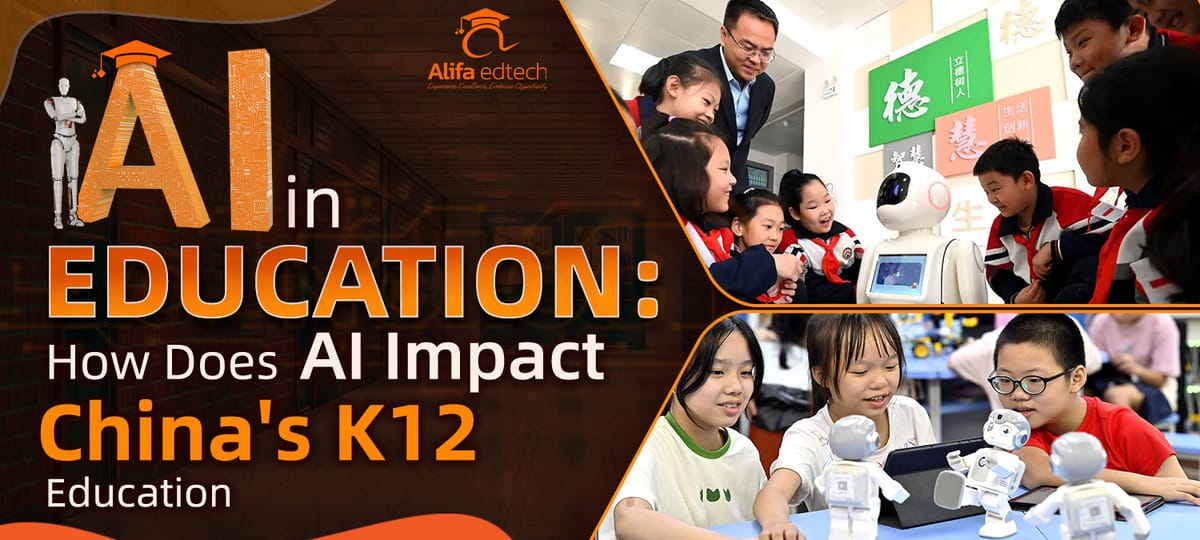






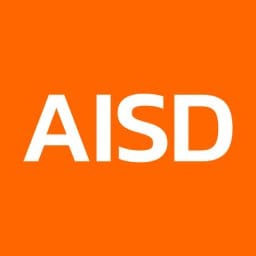
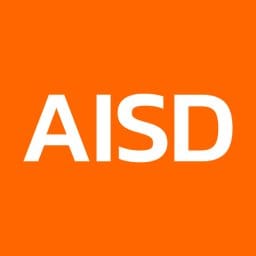
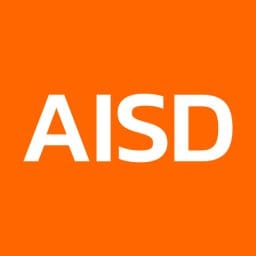
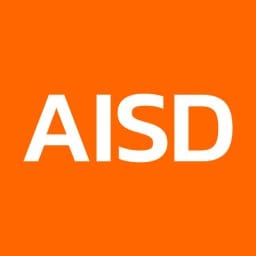




Member comments